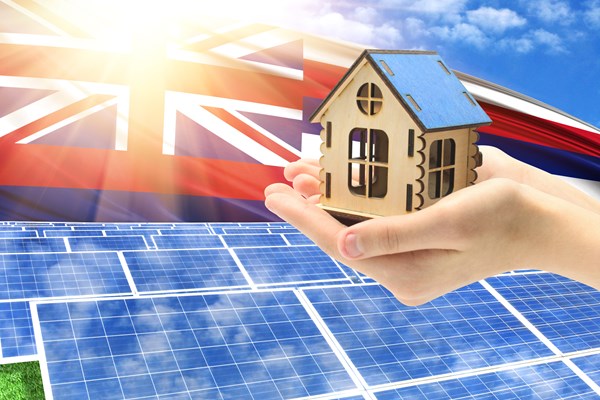How Hawaii’s clean energy transition can benefit communities
Jan 27, 2022

More than 60% of Hawaii’s current electric infrastructure relies on costly imported fossil fuels, a reality harmful from both an economic and environmental standpoint. But there is some good news. In a state with an abundance of solar, wind, hydro and geothermic resources, Hawaii’s leaders and residents have the potential to not only lessen our dependence on fossil fuels, but collectively inform the renewable energy transition, ensuring that the people of Hawaii — and especially the communities that host these projects — benefit the most.
In response to dramatic changes in Hawaii’s electricity industry, a number of programs, policies, and processes are in play to support the sector’s shift. These efforts also create new opportunities for communities to benefit from the energy transition. For instance, the Community-Based Renewable Energy (CBRE) program, approved by the Hawaii Public Utilities Commission (PUC) in 2015, creates the right conditions for residents, businesses and many others to imagine how they can participate in Hawaii’s clean energy transition in a meaningful way. Hawaiian Electric’s first-of-its-kind resource planning process, Integrated Grid Planning (IGP), is designed to expand the conversation about Hawaii’s electric system needs, offering interested communities members from each island the opportunity to provide the utility with feedback and community insights related to how best achieve the state’s clean energy goals. The IGP process is one of the most important efforts underway for Hawaii’s energy future, following the recent adoption of the new performance-based regulatory framework (PBR), approved by the Hawaii Public Utilities Commission (PUC) in December 2020.
A community that has wasted no time embracing the opportunities created by Hawaii’s clean energy programs and policies is the island of Molokai. Following the approval of the CBRE program, the Ho’āhu Energy Cooperative was formed, diversifying customer choice and ownership of renewable energy projects on the island. Relatedly, in 2021, the Molokai Clean Energy Hui (Hui) was created as an independent community-led group committed to increasing community engagement in Molokai’s energy transition. Supported by Sustainable Molokai, a Molokai-based nonprofit organization combining traditional practices with modern energy and food security procedures, the Hui is focused on building community capacity and understanding of Hawaii’s energy sector to inform a Community Energy Resilience Plan (Plan). The Plan is intended to communicate a collectively agreed upon renewable energy future for Molokai, allowing the utility and developers to align renewable energy projects and initiatives with the community’s values.
Supported by a $25,000 grant from the Ulupono Fund at the Hawaii Community Foundation, Sustainable Molokai and the Hui continue to make progress on the Molokai Community Energy Resilience Plan.
As community benefits (including how they are devised, offered and distributed) become a topic of focus in Hawaii’s energy transition, the Ulupono team is looking forward to sharing innovative ideas for all islands to consider in forthcoming eUpdates.

